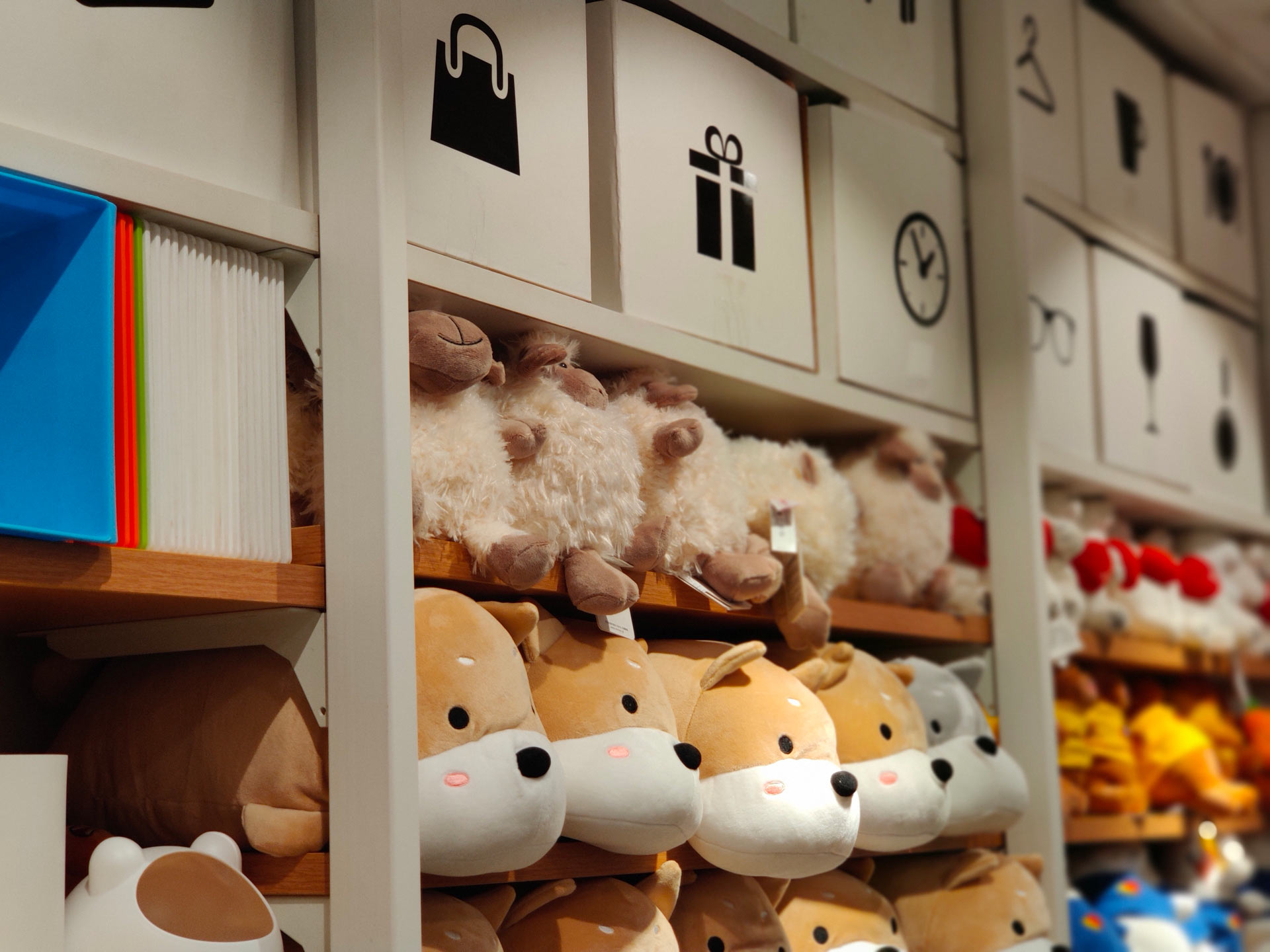How to Safely Produce a Plush Soft Toy – Top Tips
Posted January 4th, 2019 in UK News

How to Safely Produce a Plush Toy
Our Top 9 Tips for Soft Toy Production
When it comes to making soft toys safety is a key concern. Nobody wants to be responsible for placing an unsafe toy on the market and soft toys, much loved, used, and abused by babies and young children, are a high-risk area.
We’ve compiled a list of safety considerations that will help you ensure that your toys are designed with safety in mind and are manufactured with the utmost care and attention. The list isn’t exhaustive but it could be helpful if you are new to soft toy production.
- Carry out a risk assessment on your toy
Do this first, it will shape how you develop your concept, make you consider the potential risks and put in steps to avoid them. In Europe it is a requirement of the Toy Safety Directive that a risk assessment is carried out and can be made available to the authorities on request. - Avoid hard eyes and noses
It is difficult to fix these completely safely, and they are prone to being pulled off and eaten! Much better to embroider eyes and other features and avoid any choking risk. - Choose suitable fabrics
Fabrics with long pile are not recommended for use on soft toys for babies under 12 months. Whilst there is no data to show that the release of fibre or pile is a choking hazard, and these fibres are outside the scope of the small parts requirements of all toy safety standards, pile release is one of the most common complaints from customers as it is a commonly perceived choking hazard. Felt fabrics are also a problem for the under 3s as they often fail pull tests and the washability requirements, again a perceived choking hazard. All fabrics need to be capable of meeting flammability and be colour fast. - Ensure toys’ safe construction
Seam strength can be a problem on soft toys and split seams can result in stuffing coming out and posing a choking hazard. Ask your supplier about their seam allowance and stitch density. Check they operate a needle policy and that all toys pass through a metal detector. - Consider components and attachments
Any components such as rattles or bells must be enclosed in a separate cloth bag before being inserted into the toy. Any attachments such as bows need to be attached firmly and ribbon ends heat sealed to prevent fraying. If the toy has a pull cord (loose or looped) ensure that they meet the length requirements of the relevant standards. - Source safe fabrics
Easier said than done when one considers that most of the fabrics used in soft toys are purchased from the open market. Unless you have the utmost confidence that your supplier buys in pre-tested or certified fabrics (such as the Oeko Tex standard) pre-production testing might be the only way to ensure that your fabrics do not contain harmful chemicals. The list of requirements is quite onerous – fabrics must not contain azo dyes or formaldehyde and the supplier must not use flame retardants. If plastic materials or parts are included these must be free from cadmium, phthalates and organotins. Fabrics also need to meet the chemical requirements of EN71 3 (2019 + A1:2021) and REACH in Europe and the ASTM F963 in the US. - Stuffing Materials
In the US and Canada, manufacturers need to be licensed in order to supply stuffed toys to these markets. Ask your supplier if they have the necessary licenses if you are selling to the US or Canada – the product will need to bear the license number and comply with specific labelling requirements. Stuffing materials should be clean and hygenic and not recycled. - Make Sure the Labelling is Correct
Soft toys need to be safe for children under 3 so small parts are not permitted and it is not possible to use the small parts warning. In Europe, soft toys must bear the CE mark, wash care instructions, and the producer’s name and address details. The US also has specific labeling requirements – it is worth asking your safety lab to advise on the correct labeling for your product as markings are specific according to which countries you are selling in. - Use a reputable supplier
Ask your supplier what accreditations they have – a good supplier will have a quality management accreditation such as ISO 9001 and an ethical audit such as ICTI or SMETA. Your supplier’s commitment to maintaining and improving standards in their workplace is a good indication that they will produce quality products.
We have stacks of experience in soft toy production – please get in touch to discuss your next project!
Share This: